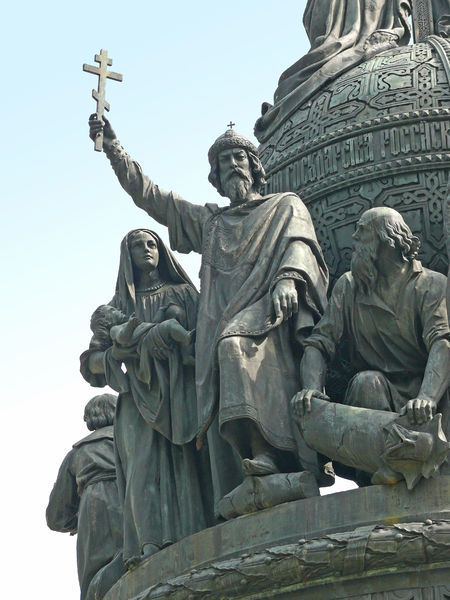We just learned about the
Cheetah.
Another type of wild cat is the
Cougar, also called the puma, mountain lion, red tiger, catamount or Puma concolor.
There are a lot of other names that this cat has been called through the years.
So many, that it holds the world record for the animal with the most names, with over 40 names just in English!
Cougars are the fourth largest type of cat in the world, after the lion, tiger and jaguar.
They are about 3 feet tall, 8 feet long and weigh over 200 pounds.
These cats can not roar, but they have a type of screeching scream that can be heard very far away.
Their fur is usually just a light brown like a lion, but can sometimes be a little reddish or greyish.
They were named mountain lions, because their fur looks a lot like a lion's fur but they live in the mountains.
Cougars are very fast and can run up to 50 miles per hour.
They have big strong legs which helps them climb up into trees and mountains.
Even though they are called mountain lions, these cats can live anywhere from mountains to forests to deserts.
They usually live alone, except for baby mountain lions who live with their mothers for a few years.




(from: wikipedia -
cougar)
Kid Facts - Blast from the past: Fried Egg Jellyfish












